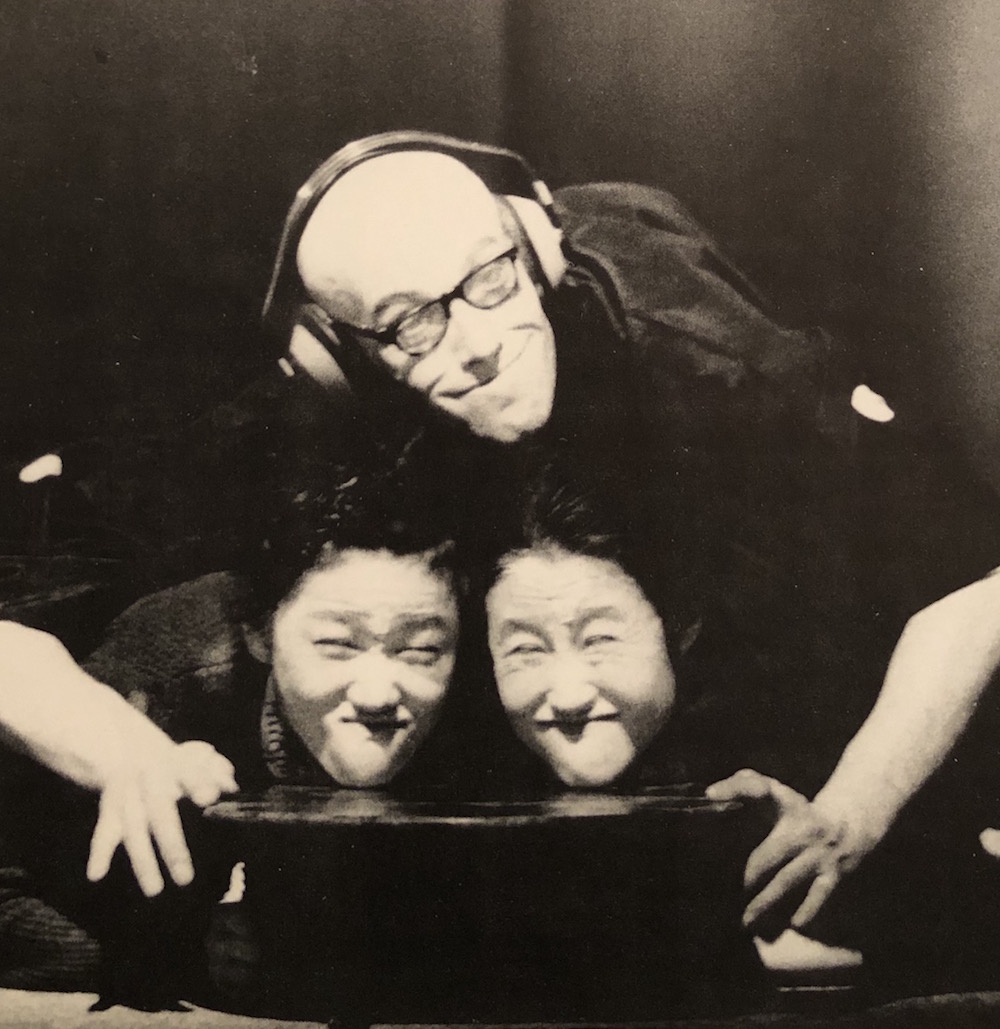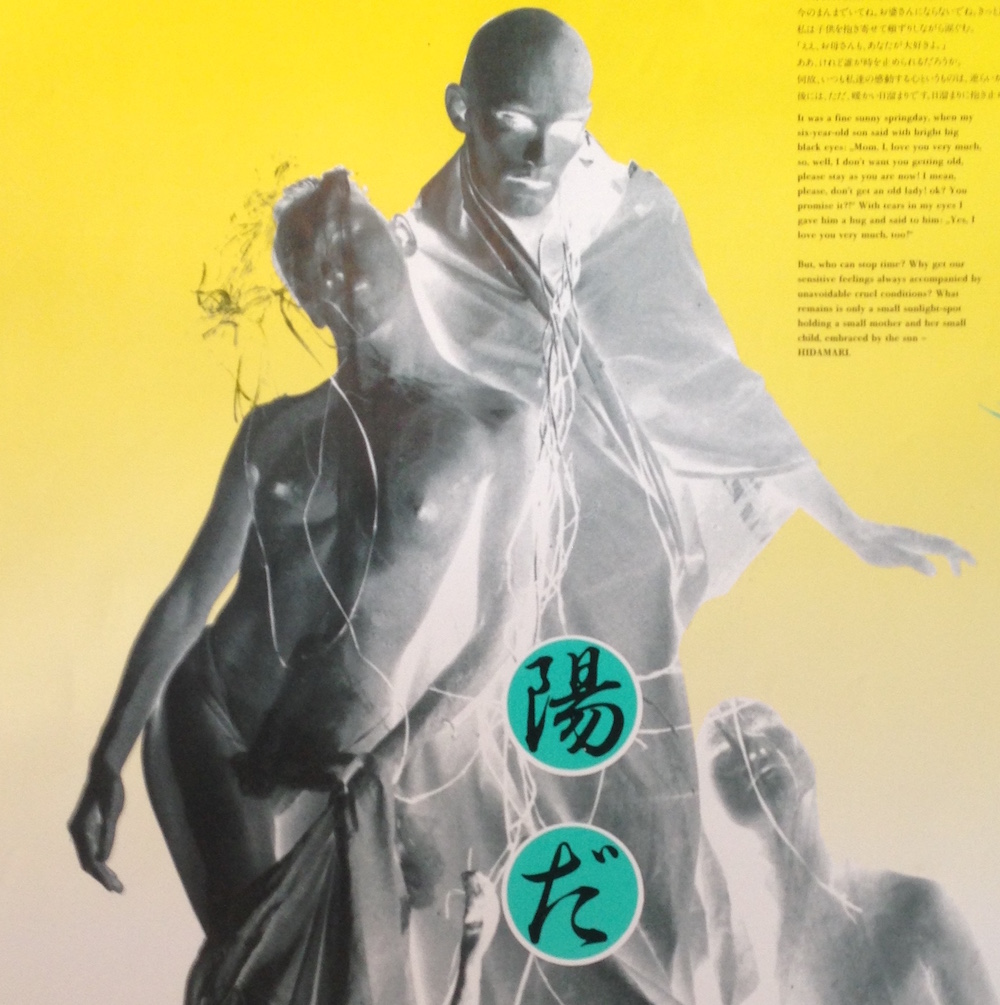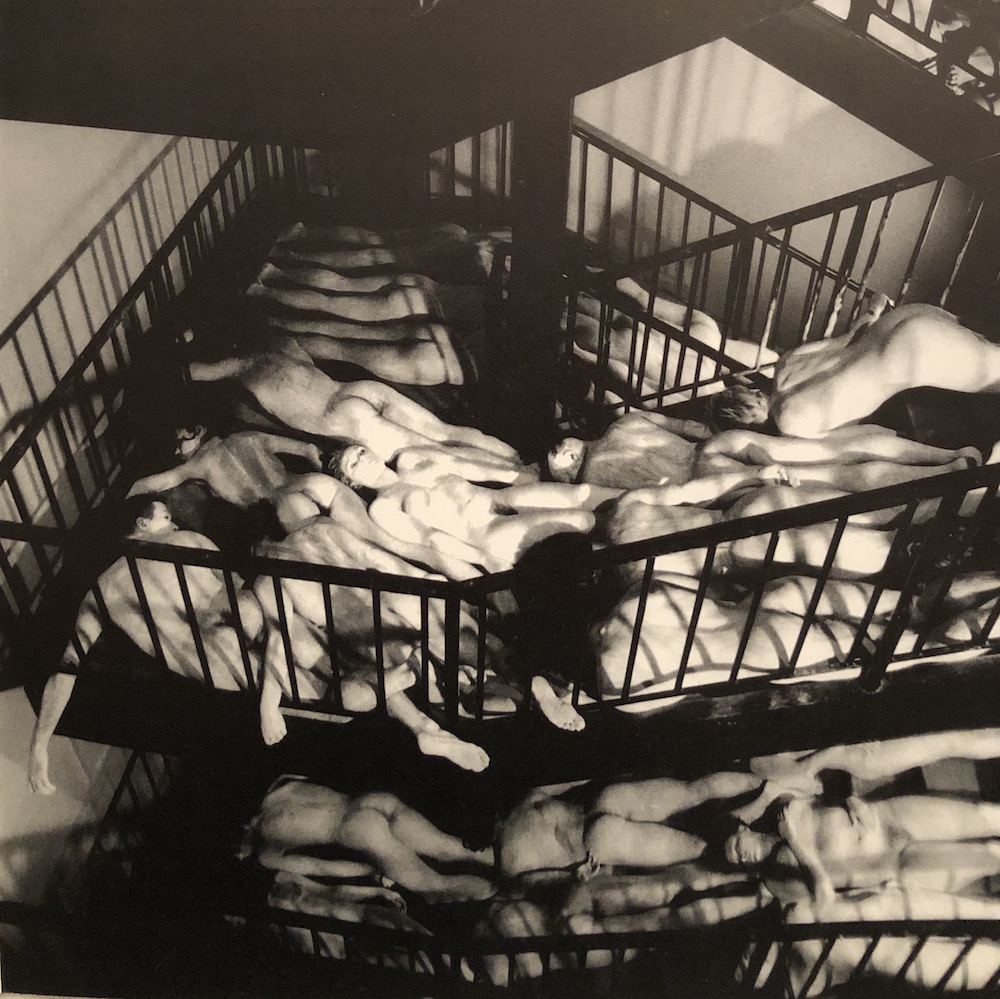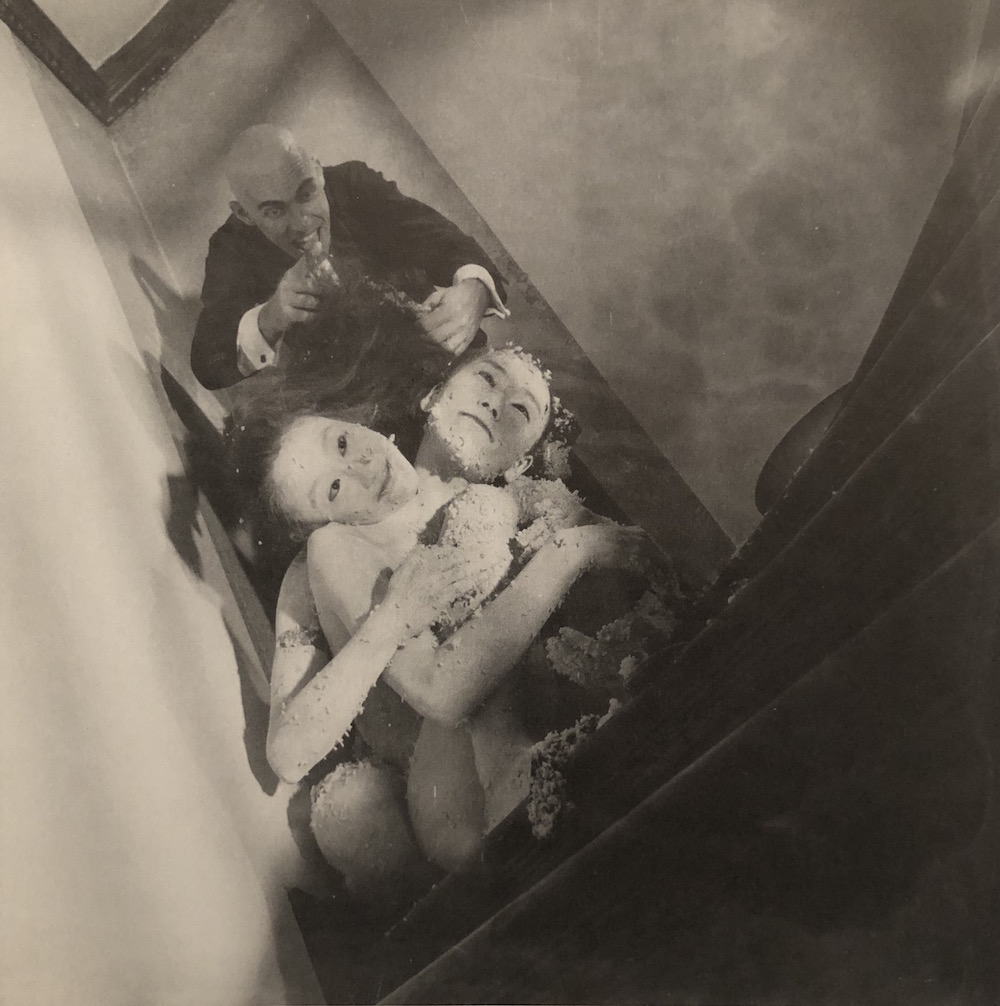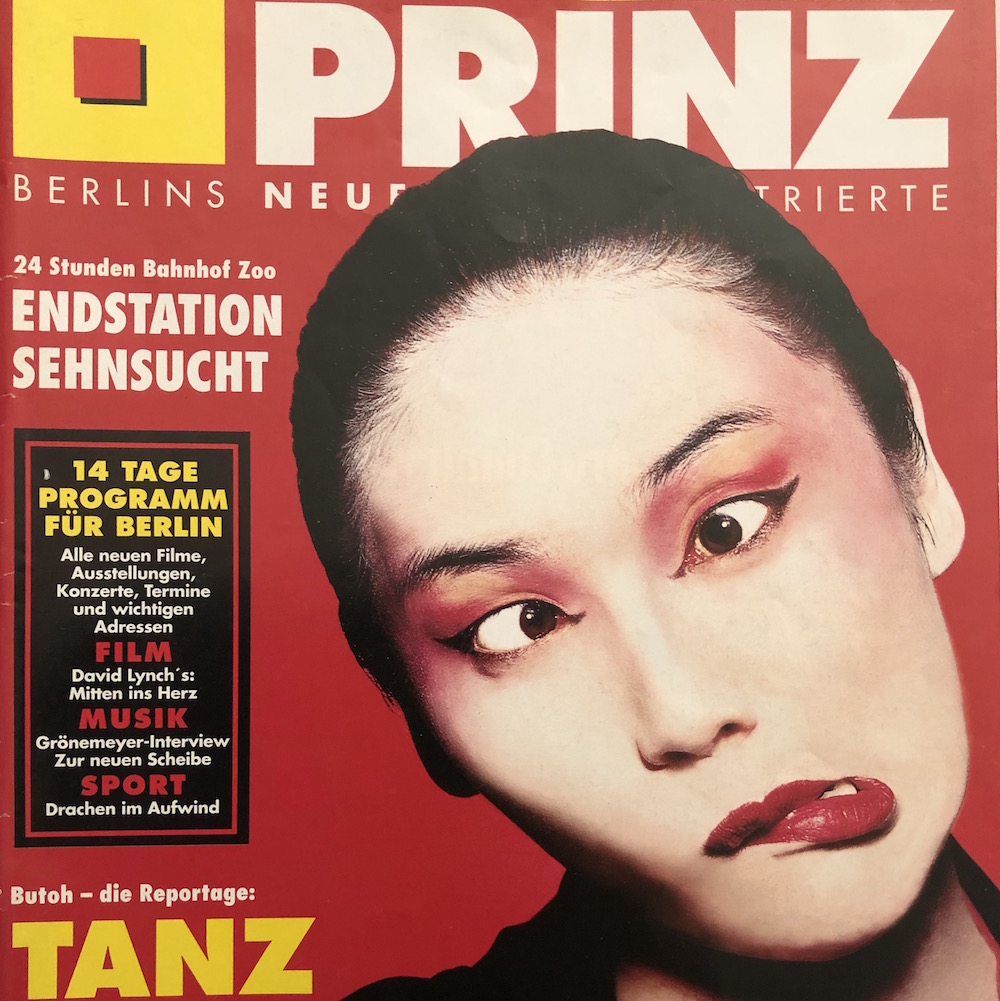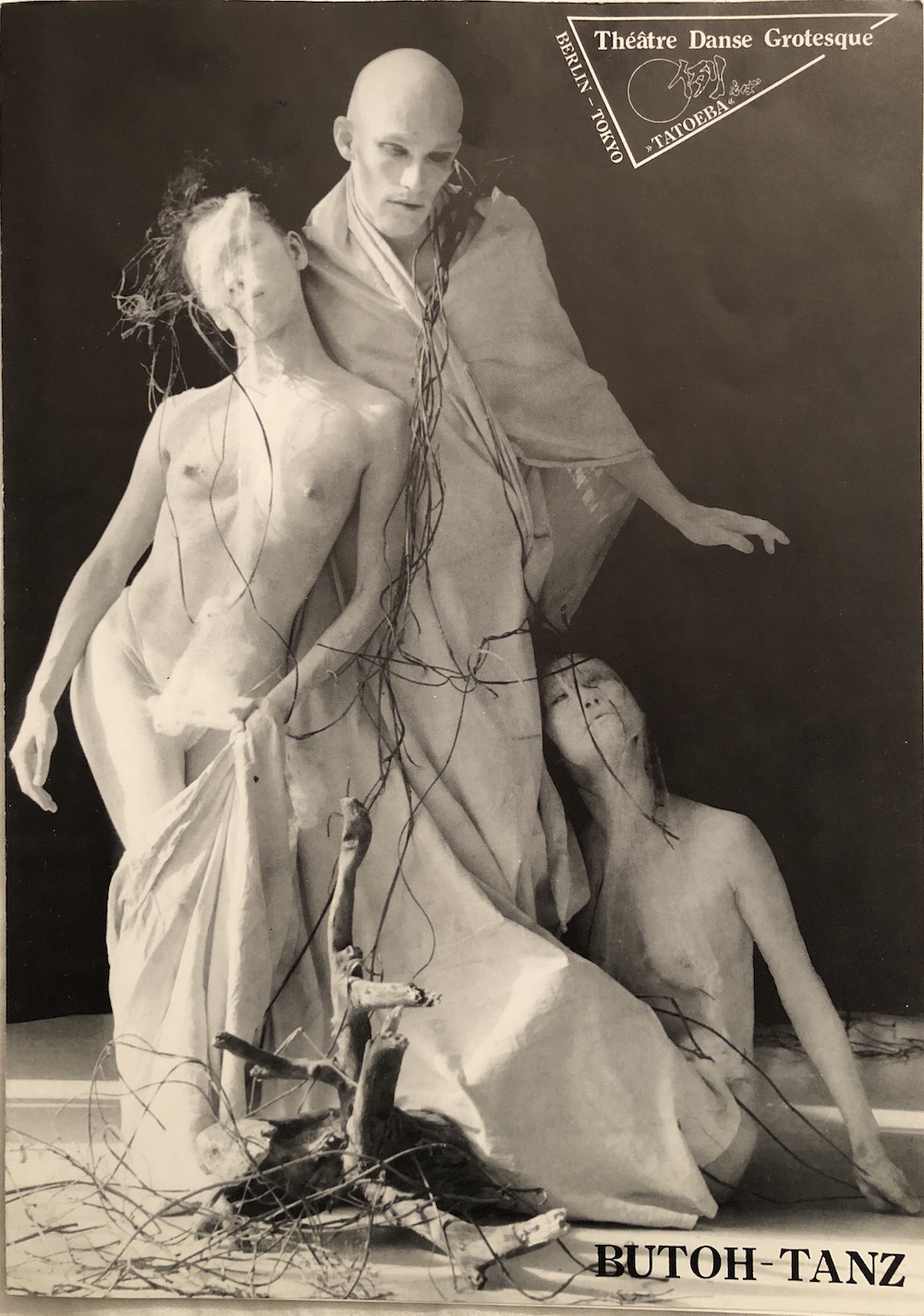 tatoeba
tatoebaTHÉÂTRE DANSE GROTESQUE Tokyo-Berlin
is a Japanese-European experimental dance theatre in which the Japanese BUTOH dance and German expressive dance of the 1920s are united in a new expressive form.
The Japanese name "tatoeba" means "for example"; using examples from everyday life, primal human situations and existential experiences are made visible in the poetry of dance.
Guided by the idea of Japanese BUTOH dance, special dance forms and techniques are developed in the confrontation with imaginations and emotions depending on the situation. This gives rise to images and feelings ranging from contemplative-meditative to comic-grotesque.
In contrast to traditional Kabuki, which is mainly dedicated to the ceremonial representation of fights, BUTOH incorporates everyday situations and makes them ritually experienceable.
The roots of BUTOH dance - founded in 1959 by Tatsumi Hijikata and Kazuo Ohno - go back to the 1920s, when Modern German Expressive Dance was developed by dancers such as Anita Berber, Mary Wigman, Valeska Gert and Harald Kreutzberg.
In contrast to expressive dance and especially to the skyward movements of classical-romantic ballet, which plays with the illusion of the suspension of gravity, BUTOH dance emphasises the earthiness. In this way, it traces the feelings beyond the individual, which find their drastic and archaic expression in facial expressions and forms of movement that appear deformed, surrealistic and grotesque, even insane.
Photo: 1988 © Gino d'Artali
| COMING UP |
no schedule... |
